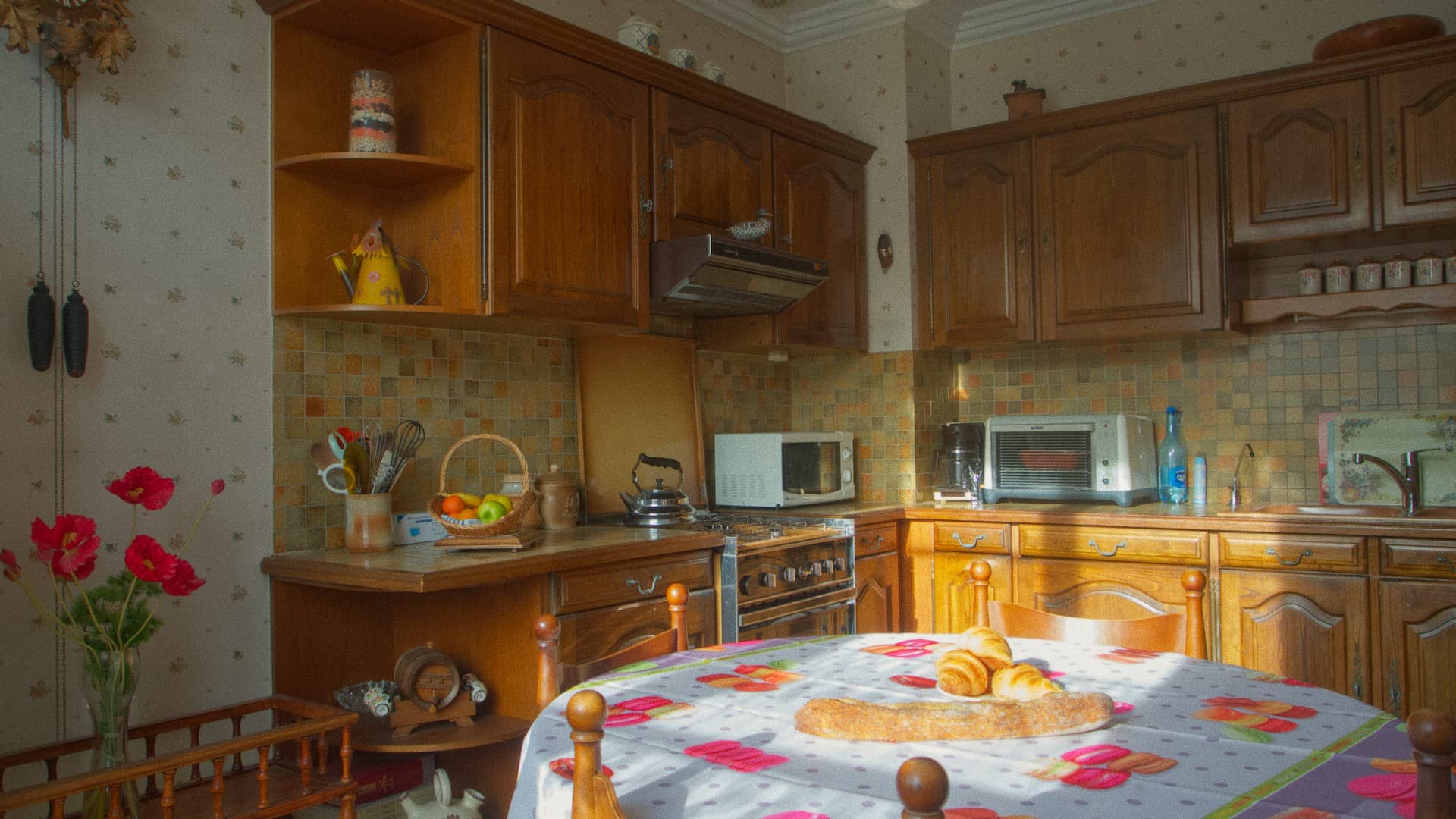
Question: Is a 30 Year Old Microwave Still Safe to Use?
Answer: A 30 year old microwave is probably not still safe. Microwaves degrade over time and can leak radiation. Look for signs of damage, sparking, or odd noises. Replacing it is the safest option.
Should You Use a 30-Year-Old Microwave?
Microwaves have become kitchen staples. We use them daily to heat leftovers, cook popcorn, and steam vegetables. But what happens when your microwave reaches a certain age? Is a 30-year-old microwave still safe to use? This question concerns many homeowners. This article examines the safety and functionality of older microwaves, offering practical guidance for assessing your appliance.
We’ll explore key factors like radiation safety, component wear, and performance efficiency. This information helps you make an informed decision about your ageing microwave. You’ll learn how to identify potential hazards and understand the implications of using an older appliance.
Radiation Safety and Older Microwaves
Radiation is a common concern with microwaves. All microwaves produce electromagnetic radiation to heat food. This type of radiation is non-ionizing. It does not cause the same harmful effects as X-rays or gamma rays. Microwaves are designed with safety features to contain this radiation within the cooking cavity.
However, with age, these safety features may degrade. Door seals can become worn, and the metal mesh on the door can develop gaps. These issues can allow radiation to leak. While the amount of leakage is usually minimal, repeated exposure can pose health risks. Regularly inspect your microwave for signs of wear and tear.
Click the link to learn more about Blue Kitchen Refacing
Related Article: How Do You Know If a Microwave Is Unsafe?
Related Article: Why Are Drawer Microwaves so Expensive?
Performance Efficiency and Energy Consumption
Older microwaves often lack the efficiency of newer models. They may take longer to heat food and consume more energy. Advances in microwave technology have led to significant improvements in energy efficiency. Newer models offer features like inverter technology, which provides more consistent heating and reduces energy usage.
If your 30-year-old microwave is struggling to heat food quickly or your energy bills are increasing, consider replacing it with a newer, energy-efficient model. You can save money on your utility bills and enjoy faster, more even cooking.
Related Article: Are Newer Microwaves Safer Than Older Ones?
Signs Your Microwave Needs Replacing
Several signs indicate your microwave may need replacing. These signs include sparks or arcing inside the microwave, a burning smell, loud buzzing or humming noises, the turntable not rotating properly, or the door not closing securely. Also, if the microwave takes significantly longer to heat food than it used to, it’s a sign of declining performance.
Noticeable damage to the door seal or the metal mesh on the door is also a cause for concern. These issues can compromise the microwave’s ability to contain radiation. If you observe any of these signs, discontinue using the microwave immediately and consult a qualified technician or consider replacing the unit.
Alternatives to Using an Old Microwave
If you decide against using your 30-year-old microwave, several alternatives exist for heating and cooking food. These alternatives include using a conventional oven, a toaster oven, a stovetop, or an electric kettle.
Each alternative offers its own advantages and disadvantages. A conventional oven provides versatile cooking options. A toaster oven is suitable for smaller portions. A stovetop offers precise temperature control. An electric kettle is ideal for heating water quickly. Consider your specific needs and preferences when choosing an alternative.
Assessing Your Microwave’s Safety
Determining if your 30-year-old microwave is safe requires careful consideration. Inspect the appliance for any physical damage. Look for cracks in the door, wear and tear on the seal, or damage to the interior. Observe its operation. Listen for unusual noises, check for sparking, and monitor the heating performance. Consider professional inspection.
If you have any doubts about its safety, consult a qualified technician for a thorough assessment. They can identify potential hazards and recommend appropriate action. Replacing an old, potentially unsafe microwave is a small price to pay for peace of mind and the well-being of your household.
While sentimentality can be a factor, prioritizing safety is paramount. Ultimately, the decision of whether or not to use a 30-year-old microwave rests with you. By carefully weighing the factors discussed in this article, you can make an informed choice that protects your health and ensures your kitchen remains a safe and efficient space.

Blue Malue Get in touch with Blue here.
